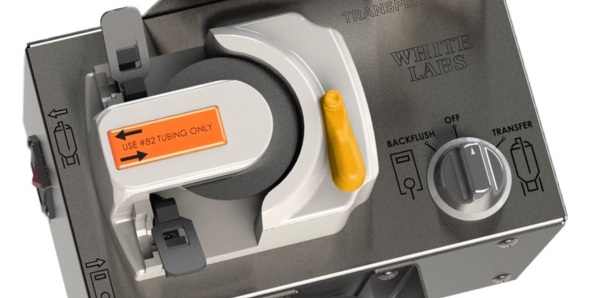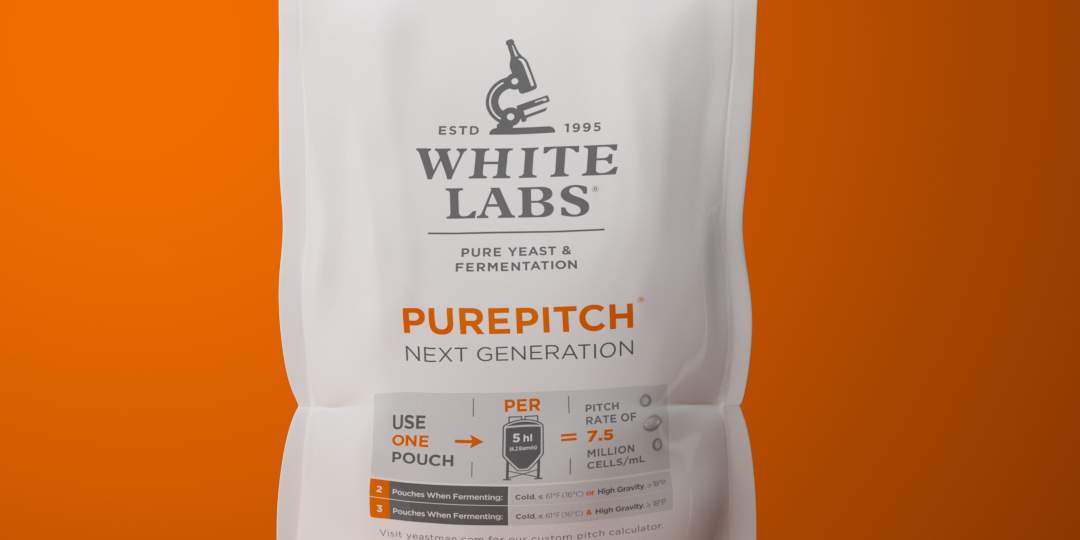Brewing consistent, quality craft beer requires viable yeast. Beer scientists need to understand the amount of live and dead yeast cells when pitching specific beers.
There are many ways to do this. There are cool machines like the NucleoCounter YC-100, which determines the number of yeast cells and the percentage of living cells (the viability), providing precision and reliability for beer makers. There’s the Aber Countstar. It’s the first slide-based image analysis instrument for yeast cell counts that uses the same safe, traditional stains used in microscopy. And then there’s the traditional conical tubes, stain, hemocytometer and microscope method, which is detailed in the video above.
White Labs is world-renowned yeast expert and fermenting consultant, and it understands the importance of viability. The famed San Diego-headquartered company offers lots of educational opportunities: laboratory staff training, contamination risk assessment, yeast handling, laboratory setup, yeast propagation and cellar training. The company’s website is also full of excellent info. For instance, in the video above, Technical Laboratory Manager Kara Taylor explains how to perform yeast cell counting and viability testing.
What brewers need:
- 15-ml conical tubes
- Citrate Methylene blue stain or Alkaline Methylene violet, 0.01 percent concentration
- Hemocytometer
- Kimwipes or other line free wipe cloth
- Hand-held counter
- Microscope
- Transfer pipettes or other types of pipette materials
To start, dilute a yeast slurry. If you don’t know how to do that, watch this video below.
If you’re counting yeast in a fermenter sample or a beer sample, use the sample as is.
Using the transfer pipette, allocate 1 millimeter (mL) of diluted yeast slurry into the conical tube, then 1 mL of stain into the same tube. Then pipette approximately 10 microliters (µl) of that solution onto the center of one of the counting areas on the hemocytometer.
Carefully place that hemocytometer onto the microscope stage, starting at 100x view to center the counting grid. The cells should be spread evenly across the grid without air bubbles.
To learn the rest, watch the videos above and/or jump over to White Lab’s comprehensive web page dedicated to yeast counting.





Melissa Luelling says
Aaron Luelling